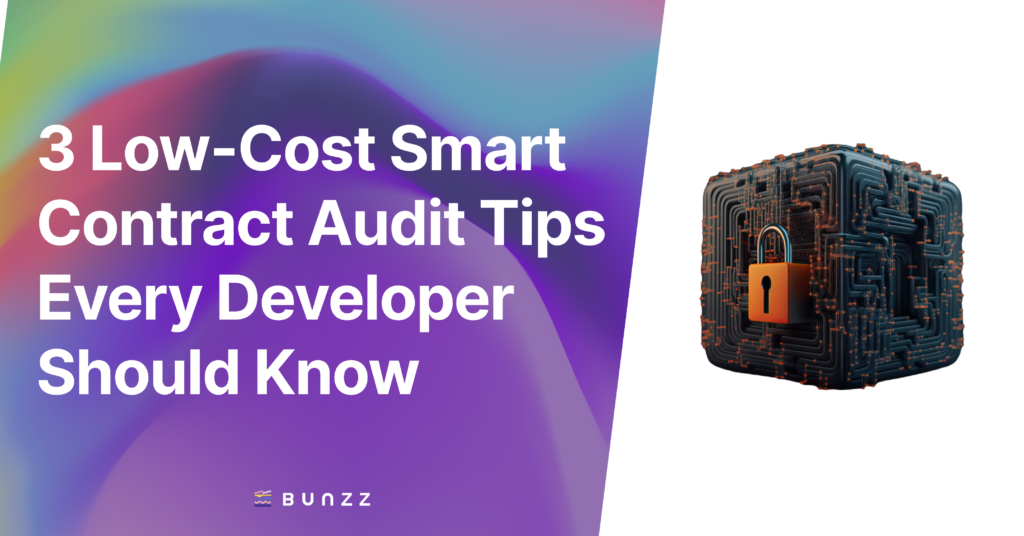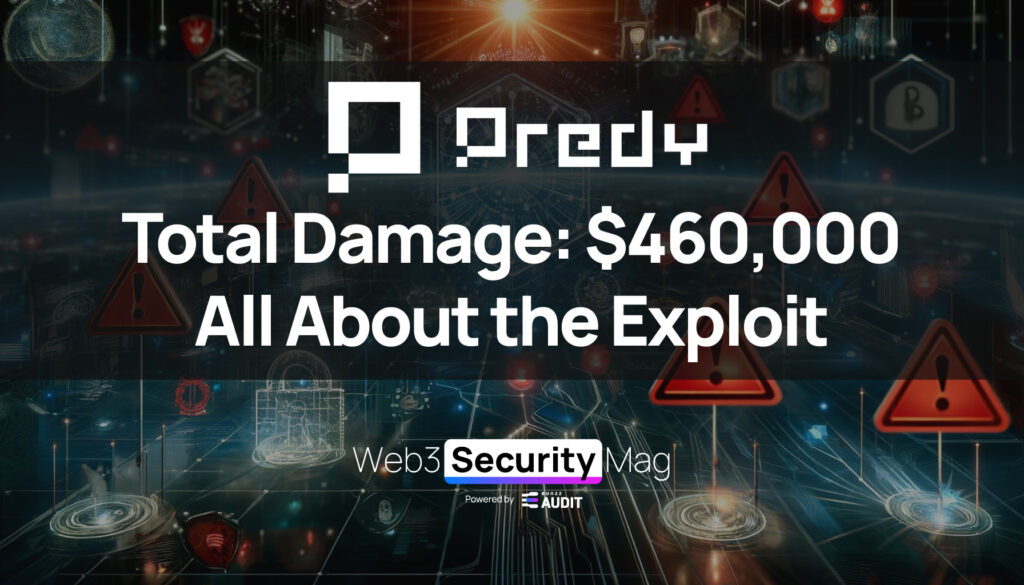Blockchain has led to financial concepts like Decentralized Finance (DeFi). DeFi lets people do things like lending and borrowing money directly with each other, without needing a bank. This is great because it gives people more control over their money and makes financial services more accessible.
However, there’s a catch. Just like any new technology, DeFi can be risky. There have been cases of scammers stealing people’s money.
But don’t worry, this doesn’t mean you should give up on DeFi altogether! By learning about the risks and how to avoid defi hacks, you can safely join the DeFi revolution.
This article will give you the knowledge you need to navigate DeFi securely. We’ll cover the 5 most common scams in DeFi and how to protect yourself from them.
5 Common Attacks in DeFi
DeFi has been a hit with crypto users because it offers some advantages over traditional banks. However, DeFi is growing so fast that there have been more hacks and security problems lately. This means bad guys can steal or mess with your money.
Here are some common DeFi hacks and how to keep your money safe:
1. Integer Overflows and Reentrancy Attacks
Since a large portion of DeFi relies on open-source code, hackers can look for weaknesses like typos or bugs. Two common tricks they use are
- Integer overflow: This is a fancy way of saying the code messes up when doing math, like adding two really big numbers. Hackers can exploit this to steal funds.
- Reentrancy attacks: Hackers exploit a loophole where a function in the code can be called multiple times within a single transaction, enabling unauthorized withdrawals. Imagine a vending machine that lets you take a snack and then pay for it. A reentrancy attack is like tricking the machine into letting you take the snack multiple times without paying.
2. Centralized Points of Failure
Despite being part of the “decentralized” ecosystem, many DeFi platforms still have centralized points of failure. These can include centralized price oracles, admin keys, and governance mechanisms. Price oracles provide DeFi platforms with external market data.
If a hacker gains control over a price oracle, they can manipulate asset prices and exploit arbitrage opportunities. Some DeFi protocols have admin keys that allow developers to modify the smart contract’s behavior. The entire platform’s security is at risk if these keys are compromised.
3. Flash Loan Attacks
Flash loans allow users to borrow assets without collateral if the loan is repaid within a single transaction. While this innovation has many legitimate use cases, hackers have exploited it. Cybercriminals can use flash loans to manipulate asset prices on decentralized exchanges (DEXs) and profit from price discrepancies. Sometimes, they use flash loans to manipulate collateral ratios in lending protocols, causing liquidations and losses for users.
4. Social Engineering and Phishing
Social engineering and phishing attacks remain a significant threat to all Defi users. Cyberpunks create fake websites that mimic legitimate DeFi platforms to steal users’ private keys or login credentials. Moreover, these scammers may impersonate legitimate projects or team members to trick users into sending funds or granting access to their accounts.
5. Exit Scams
Some DeFi projects, especially early-stage projects, may engage in rug pulls or exit scams. Project developers drain liquidity or funds from a protocol, leaving investors with worthless tokens.
How To Avoid DeFi Hacks
Decentralized Finance (DeFi) offers many opportunities but comes with risks. To navigate DeFi safely, you must proactively secure your assets. Here are some key strategies to consider:
1. Conduct Thorough Research Before Diving In
Refrain from unquestioningly jumping into any DeFi protocol; conduct deep research about its background and track record. Evidence of longevity and a history of success are good signs that the organization is reliable. Moreover, a vibrant and engaged community is another positive indicator.
Active communities can provide valuable insights and suggest a platform with a solid user base. Finally, prioritize platforms that undergo regular security audits by reputable firms with a solid reputation in DeFi security assessments. Public audit reports can give you peace of mind, so search for this.
2. Understand the Smart Contracts That Power the System
Although you might not need to be a coding expert, having a basic grasp of a DeFi protocol’s smart contracts is crucial. These self-executing contracts underpin DeFi applications, forcing them to offer user-friendly documentation or tutorials that explain smart contract functionality. If the platform’s resources need to be increased, contact experienced DeFi users in the platform’s community, as they can be a valuable source of information and can answer any questions you may have.
You can use Bunzz Decipher for a quick summary and documentation of EVM-based smart contracts.
3. Prioritize Security When Choosing Your Wallet
If you store your crypto assets for DeFi transactions, security should be your top priority, even if it means sacrificing some convenience. Hardware wallets are the most secure option for offline private keys, as they significantly reduce the risk of online attacks. Furthermore, Deefi users should avoid storing large sums of crypto in exchange or hot wallets (constantly connected to the internet) as they are more vulnerable to hacks.
4. Don’t Be Blinded by Promises of Outsized Returns
If a DeFi project promises astronomical returns with minimal risk, it’s a major red flag. Moreover, don’t chase after unrealistic returns; focus on established DeFi protocols that offer reasonable and sustainable returns.
5. Grant Permissions with Caution
When interacting with DeFi protocols, be very careful about what permissions you grant. Only grant the specific permissions necessary for the specific interaction you’re performing. Moreover, do not give broad approvals, as malicious actors could exploit these. Remember, the golden rule is to grant the least privilege.
6. Be Wary of Social Engineering Attacks
Social engineering is a significant threat in DeFi. Here’s how to protect yourself:
- Treat your private keys and seed phrases like the keys to your financial vault – never share them with anyone, including supposed DeFi platform support.
- Expect Phishing attacks. Before logging in to any DeFi platform, double-check the website URL to ensure it’s legitimate.
- Don’t trust unsolicited messages or social media accounts claiming to be affiliated with DeFi platforms. These could be attempts to trick you into revealing sensitive information.
7. Use Multi-Signature Wallets for Enhanced Security
Multi-signature wallets require multiple signatures from authorized parties before the completion of any transaction. This system adds an extra layer of security and can prevent unauthorized access even if one private key is compromised.
8. Stay Informed in the Evolving DeFi Landscape
The DeFi landscape is constantly changing, and new vulnerabilities emerge regularly. Follow DeFi news sources and security researchers with a proven track record to stay ahead of the curve. By keeping up to date with the latest threats and best practices, you can keep your assets safe and navigate the world of DeFi more confidently.
Remember, in DeFi, knowledge, and vigilance are your best weapons for protecting your assets. If you follow and keep in mind these strategies you will enhance your security and participate in DeFi with greater peace of mind.
The Future of DeFi Security
While the responsibility ultimately lies with users to practice caution, the DeFi ecosystem must prioritize security enhancements. Here are some ways to move forward:
- Security Audits: Running smart contract audits can significantly improve the overall security posture of DeFi protocols.
- Bug Bounty Programs: Encouraging white-hat hackers to identify and report vulnerabilities in exchange for rewards can proactively address potential exploits before they are used maliciously.
- Formal Verification of Smart Contracts: Formal verification techniques can mathematically prove the correctness of smart contracts, minimizing the risk of hidden vulnerabilities.
- Community Education: Raising awareness about DeFi scams and best practices among users is crucial for creating a more secure environment. Educational resources and initiatives can empower users to make informed decisions.
Conclusion
In conclusion, DeFi offers exciting opportunities for financial innovation that beats traditional financial systems. Nevertheless, it comes with some prominent risks, some of which have been identified in this article.
Understanding these common DeFi hacks and following the best security and due diligence practices, You can minimize your exposure to vulnerabilities and protect your assets.







